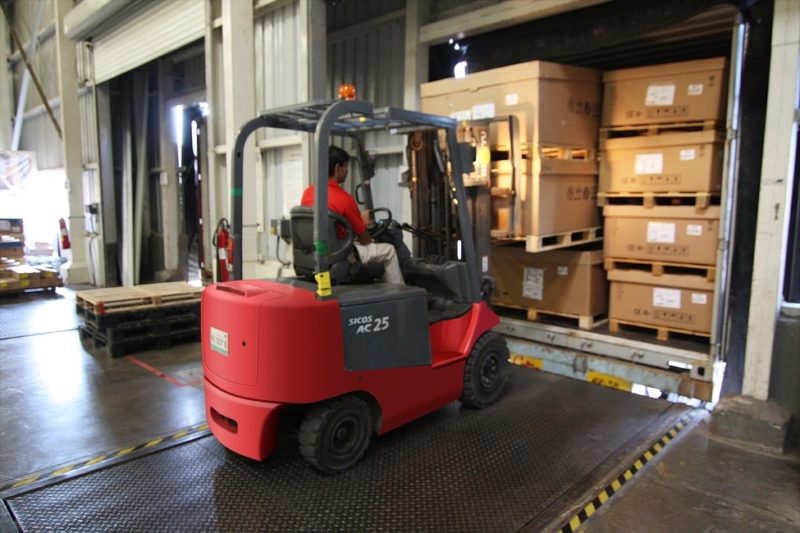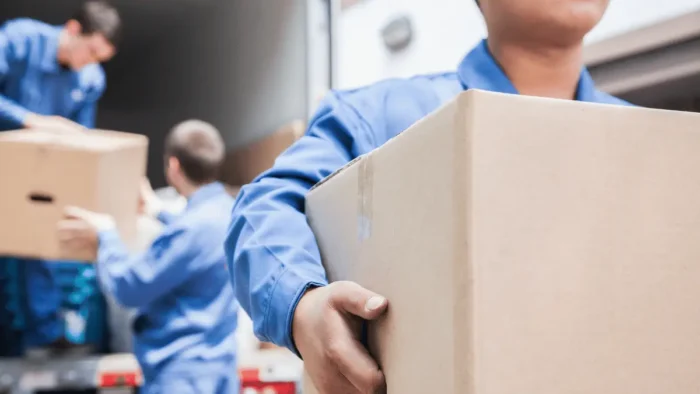Technology has radically transformed how businesses serve their customers. Many brick-and-mortar stores have had to give way to e-commerce websites. Thanks to the internet, customers can now examine your product and place an order from wherever they are on the planet. So, transporting goods become important for your small business.
Yet, there is still a remnant of business processes that cannot be completely eliminated through virtual interaction. Product shipping is one of them. Shipping can make or break even the best of merchandise. The following tips are vital to delivering your goods to your customers safely and securely, while still getting your packages delivered on time if you have chosen same-day delivery.
1. Know Your Numbers Related to Transporting
Before you settle on a carrier, you must establish all the key metrics that will be involved in transporting your cargo. The amount of data you need to gather will depend on the type of cargo, the location of the cargo, and whether you are shipping the item within the country or beyond borders.
The one number that will apply in both in-country and cross-border transportation is the actual cost of shipping. For international cargo, you’ll want to establish the import and export duties as well as any international restrictions or regulations that will apply to your items. The more metrics you have, the more likely you are to get the right carrier at the right price.
2. Make Sure the Pallet is Right
The first rule of pallet delivery is properly fastening items to the pallet itself. Using pallets will provide no efficiency advantage if the goods end up falling off during transportation. Securing the item should also go hand in hand with confirming that the pallet can comfortably bear the weight.
Make sure there are several inches between your goods and the edge of the pallet. Never ship items that extend beyond the pallet’s edge or are stacked too high. Check the pallet itself for loose planks or protruding nails. Utilize stainless steel banding wherever possible as this ensures your goods hold in place and reduces rocking during transportation.
Related: Cargo Control Equipment
3. Protect Bulk Bags
If you’ll be shipping bulk bags such as packs of flour or animal feed, you’ll need to take additional protection measures. Placing the bags directly on a pallet could lead to tearing. If there are multiple bags on one pallet, some loosely packed bags could slip through the gaps between planks.
You can prevent that by fixing a thin board or carton before you place the bags on top. As with the cargo itself, make sure the board or carton does not extend beyond the pallet’s edge.
4. Make Use of Plastic Wrap
The better assembled and packed your goods are in transport, the more likely they are to get to their destination in one piece. Plastic wrap is a great way to consolidate your bags or boxes. It also makes it less likely for bits and pieces of them to be lost in transit. For best results, the boxes must be wrapped several times over.

Start your wrapping from the bottom and work your way upwards. Repeat the process until the plastic wrap is of the required thickness. Check and confirm there are no holes or scratches on the plastic as this could unravel the entire wrapping if the package comes into contact with a rough surface or protruding object.
Related: 5 Tools and Equipment Every Business Warehouse Should Have
5. Provide Special Instructions
The typical carrier will load and unload thousands of boxes each day. This volume of cargo doesn’t give them much time to meticulously inspect boxes prior to loading or unloading. If your goods require special handling, clearly convey this right from your first contact with the carrier. Your instructions will subsequently be conveyed to the transporters.
The special instructions should be clearly indicated in the documentation accompanying the goods and the relevant labels affixed. This will help handlers know what they need to do. Labels should use the large font and be brightly colored so they are easy to spot.
Examples of special handling instructions include ‘Do Not Stack’, ‘Fragile’ or ‘This Side Up’. Special instructions will also be necessary if you are shipping hazardous material.
Planning your packaging and transportation well increases the odds of your goods getting to their destination intact and on time.





